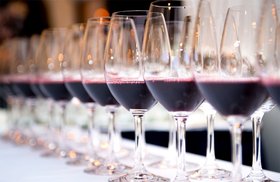How to Become a Wine Connoisseur (15 Useful Tips)
Eager to take your wine knowledge one step further and become a wine connoisseur?
The wine world is vast and exciting with a gazillion wine terminologies, wine styles, grapes, and much more to know of.
What’s more intriguing is the rituals around wine drinking, or “wine etiquette”, which could make going into a tasting room or fine dining restaurant seem intimidating!
But don’t let all that overwhelm you.
We’ve put together 15 actionable tips that’ll set you on your way to becoming a wine connoisseur.
(We’ll also reveal an easy way for you to build your own fine wine collection - without having to be a wine expert!)
Further reading
- Want to get started in the world of fine wine investment? Check out our complete guide on Investing in Wine.
- Try some of the best Red Sparkling Wine bottles, or go for some of these Most Expensive Wines.
What is a Wine Connoisseur?
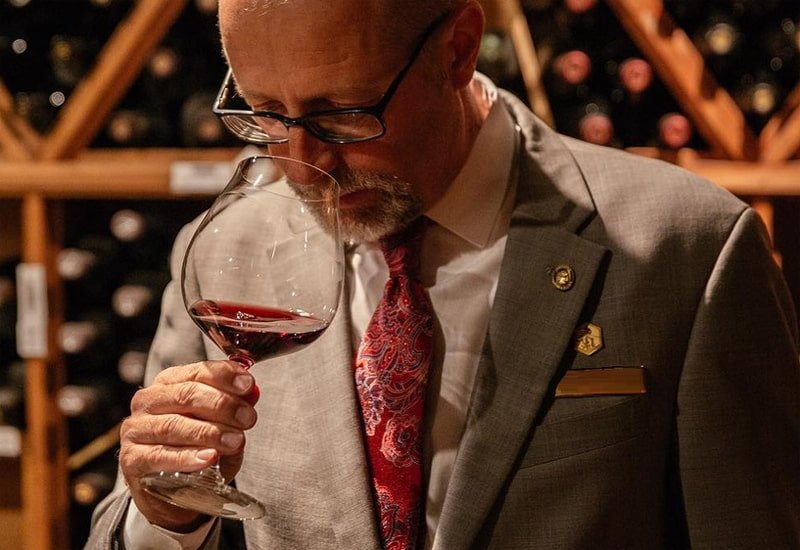
A wine connoisseur is a person who has extensive knowledge of wine, including how to recognize different wine styles, their aging potential, regions, grapes, and flavor profiles.
Most wine connoisseurs go through formal training, and some even go a step further and acquire an official sommelier certification.
But what is the difference between a wine connoisseur and a sommelier?
Wine Connoisseur vs. Wine Sommelier
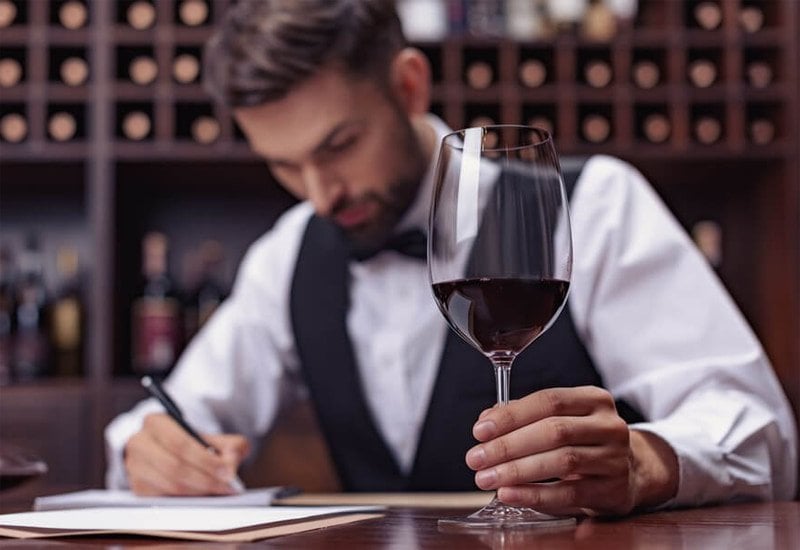
Sommelier is a formally trained and certified wine steward who has vast knowledge and experience in wine service.
Sommelier professionals usually work at restaurants and are responsible for compiling wine list menus, suggesting food and wine pairing ideas, and serving the most suited wine to the guests.
The first step of becoming a sommelier is getting an introductory sommelier certificate. The highest level you can achieve is becoming a Master Sommelier - these are usually wine professionals with decades of experience in the wine industry.
And what about oenophiles?
Wine Connoisseur vs. Oenophile
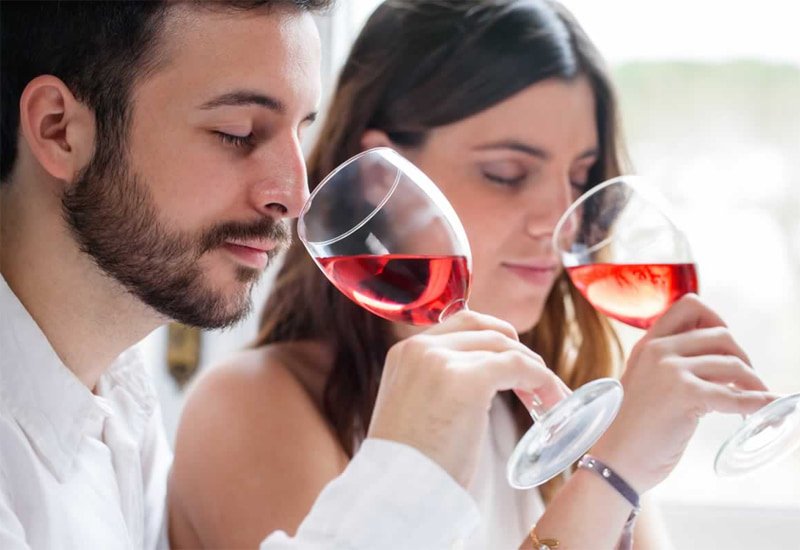
An oenophile is a wine enthusiast who is passionate about wine but does not necessarily have further education on the topic. (On the other hand, a wine connoisseur has a deeper understanding of wine, its history, making, and the science behind it.)
Oenophiles enjoy talking about wine, going to different wine tasting events, and usually know how to match their wine with food.
Now, if you want to take your passion for wine to the next level and become an experienced wine expert, just follow these pointers below to get started.
How to Become a Wine Connoisseur (All the Tips You’ll Ever Need!)
Broadly, the 4 steps that you should take to become a knowledgeable wine connoisseur are:
- Build a solid knowledge base
- Evolve your wine taste
- Develop your palate
- Level up with an official certification
Let’s break these down into 15 actionable points.
The first step is to understand the wine basics:
1. Understand The 4 S’s of Drinking Wine

Next time you sip on a glass of wine, try to follow the 5 S’s, which will help you analyze it better:
- See: Examining the wine color will reveal the wine’s age. For reds, a lighter or brownish color indicates an older vintage for reds, while aged whites have a darker color.
- Swirl: By swirling the wine in the glass, you stimulate the oxidation process. This way, the wine reveals its aromas faster (using the glass for aeration is especially useful if you don’t have a wine decanter.)
- Smell: The next step is to examine the wine’s aromas. Usually, white wines have citrusy or tropical fruit aromas, while red wines showcase an array of black and red berry scents.
- Sip: Now experience what the wine tastes like. Take a small sip of wine and swirl it around your mouth to examine its taste. After a few seconds, you’ll be able to savor the variety of flavors.
- Savor: At the final step, evaluate the wine and take notes on the different tasting notes and aromas you experienced.
2. Understand All Aspects of Terroir
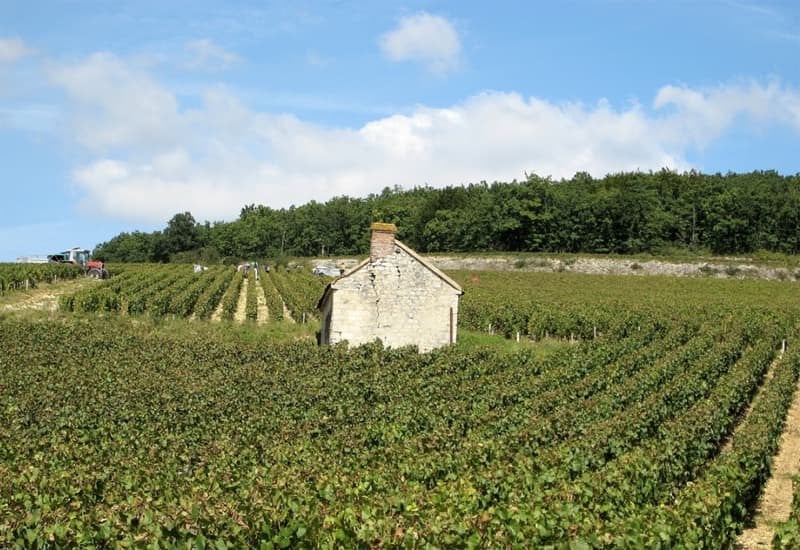
You might have heard wine experts refer to the wine’s “terroir.”
What does that mean?
Terroir summarizes the climate, soil, and biodiversity in the vineyard where the grape vines grow. Many advanced wine connoisseurs study the terroir from which a certain wine comes and analyze how this affects its flavour.
3. Understand the Basic Wine Characteristics

You should know the common wine characteristics like tannins, alcohol, structure, acidity, and sweetness.
Once you know these in-depth, you’ll be able to make a well-rounded assessment of a wine. For example:
- Tannins: Red wines have much higher tannin levels than whites. Tannins are the phenolic compounds that give you a dry mouthfeel. The higher the tannin levels, the more astringent the wine is.
- Acidity: The more sour and fresh wines usually have higher acidity. The acidity is better expressed in white wines, while in reds, it is generally balanced out by the tannins.
4. Know the Right Glass to Serve Your Wine in

All wine connoisseurs know that serving wine in the right wine glass can significantly improve the whole wine-drinking experience. For example:
- Red wine: Red wine glasses usually have a wider bowl, so there’s a larger breathing area (since red wine needs a bit more time than white wine to open its aromas.)
- White wine: The white wine glasses have smaller bowls and come in different variations. For example, a full-bodied, dry wine like Chardonnay is usually served in a glass with a wider lip, while a fruitier and lighter Sauvignon Blanc will go into a glass with a thin rim.
- Sparkling wine: Sparkling wine and Champagne are usually served in Champagne glasses with narrow and tall bowls. This shape helps to preserve the bubbles for longer.
5. Know the Perfect Serving Temperatures

As a wine connoisseur, you should also know the right wine serving temperature. That’s an important step because if the wine is too cold, the aromas might stay concealed, and if it’s too warm, it might get flabby.
Here are the right serving temperatures for the different wine styles:
- Red wine: You can serve red wine slightly chilled - around 59–64 degrees Fahrenheit.
- White wine: The optimal serving temperature for white wine is 50–54 degrees Fahrenheit.
- Sparkling wine: Sparkling wine is served at around 43–50 degrees Fahrenheit.
6. Learn How to Hold Your Wine Glass (Like a Pro!)

A wine connoisseur should also know how to hold a wine glass properly.
To hold the wine glass right, just pinch the stem with your thumb and index finger while resting your palm on the base of the wine glass for more control and stability.
Wondering why you shouldn’t cup your glass of wine?
If you hold the bowl:
- The wine temperature will rise faster.
- You won’t be able to swirl without spilling.
- You might leave greasy fingerprints that will prevent you from seeing the wine’s color.
Next, let’s see how you can develop your wine taste.
The next stage is to widen your horizons and explore the wine culture around you.
7. Attend Wine Tasting Events

Wine tasting events are held by restaurants, wineries, and sometimes by wine sommelier or professional wine taster individuals. You can even attend a blind tasting if you feel more confident in your knowledge.
In general, these events will let you soak in the local wine culture.
If you’re visiting a specific wine region, drop in to the tasting room of a local winery that organizes wine tastings.
You’ll be able to get an idea of the winemaking process, the grape varietal used, and how to taste the wine properly.
8. Organize Your Own Wine Tasting

If you want to try different wines in a home environment instead of going to a tasting room, you can organize your own wine tasting.
Where do you get the supplies from?
Some wineries offer wine tasting kits which you can order online. Another way to source different wines is to ask the guests who attend your wine tasting to bring a bottle of wine each.
9. Explore Local Wine Shops

Visit your neighborhood wine shop or boutique wine store.
Going to a wine shop gives you the chance to ask an experienced wine retailer what wine they recommend, which are their favorites, and why.
Some wine shops even organize their own tasting events, so try to attend one of those as well.
10. Find or Make a Wine Lover Group
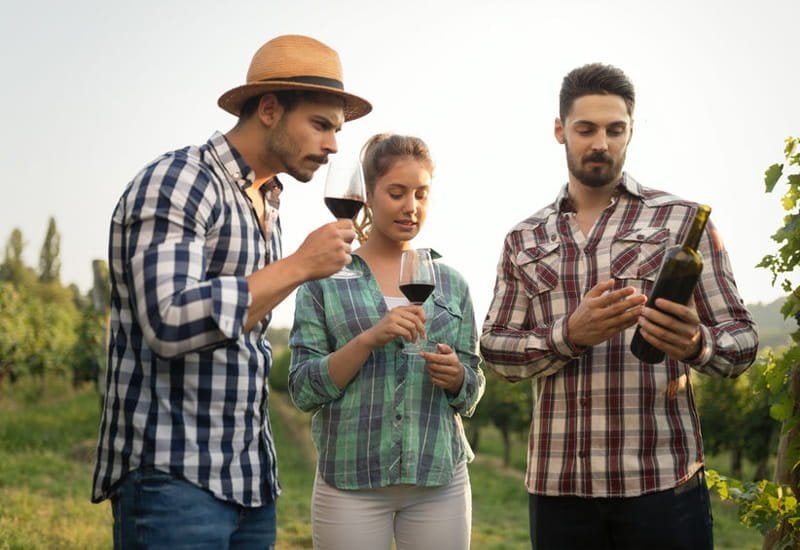
Try to find like-minded people with a passion for wine. This is a great way to exchange experience and knowledge.
If you’re not sure where to find other wine enthusiasts, just sign up for a wine club in your area or go to a wine bar (that’s most likely where most wine lovers hang out.)
Once you’ve tried different wines and have gone to various wine events, it’s time to develop your palate. You’ll need to build up on your wine knowledge and become a more experienced taster.
Here are a few ideas:
11. Explore Different Wine Styles
Tasting different wines will help you discover the subtle flavor and aroma nuances of each wine style. But to get there, you need to experiment a lot.
Here’s a breakdown of the nine main wine styles you should try out:
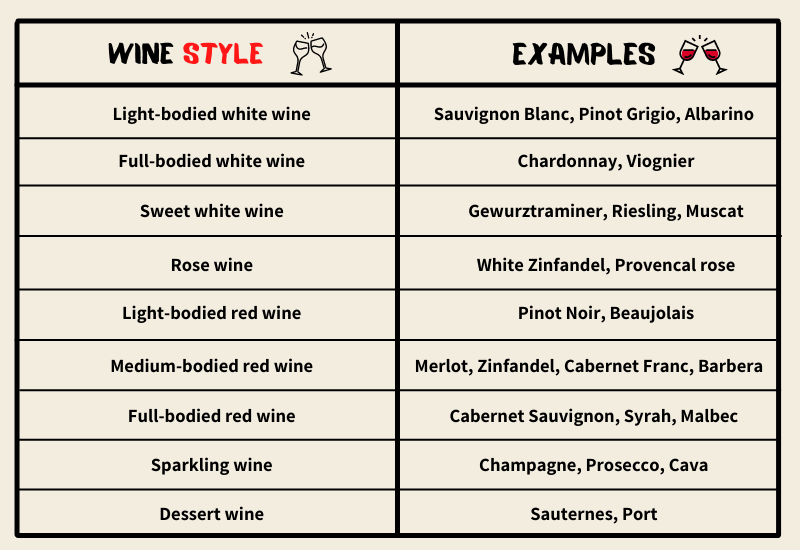
12. Keep Reading and Stay Informed
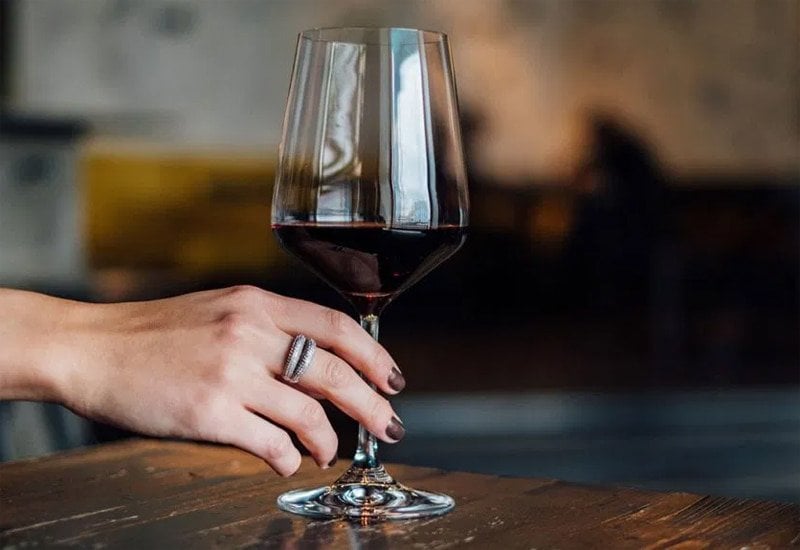
Extend your knowledge beyond the local wine shop or wine club you’re in. Read informative wine guides, articles, encyclopedias, and even sign up for wine newsletters, podcasts, and magazines.
You can even sign up for online wine appreciation classes on different topics such as wine styles, wine tasting, or winemaking.
13. Learn More About the Grape Varieties
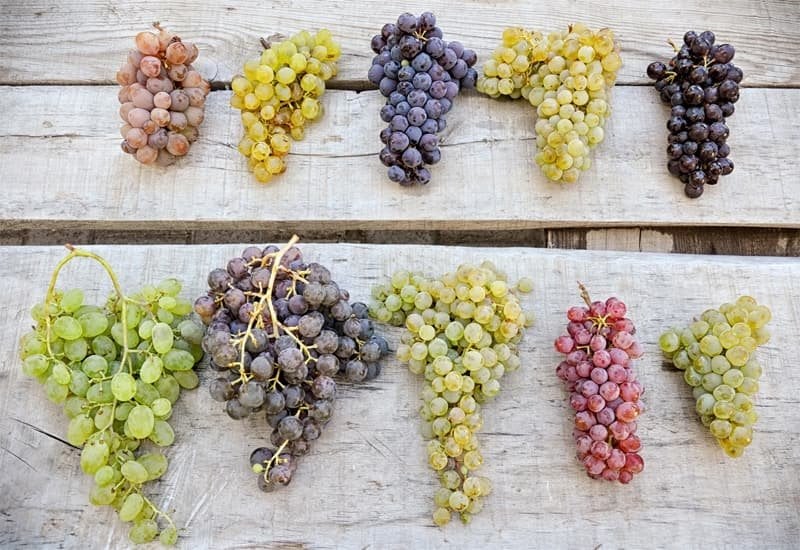
A New World Cabernet Sauvignon from California might taste different from a Bordeaux Cabernet Sauvignon.
Why is that?
The grape varieties grown in the different regions vary slightly in their characteristics since their terroir and the growing conditions influence them significantly. So, the more you know the background story of the grape variety, the better you’ll be able to evaluate the wine you’re drinking.
14. Build a Wine Description Vocabulary

To sound like a real wine expert, start enriching your wine vocabulary. This is crucial, especially if you decide to become a wine writer.
There are lots of ways to describe a wine’s aroma and flavor profile. For example, the wine’s aroma can be broken down into three categories:
- Primary aromas: They come from the grape varietal and are usually fruity or herbal.
- Secondary aromas: These aromas come from the winemaking process and have nutty or yeast-like characteristics.
- Tertiary aromas: These come from the aging process - “oaky”, “savory with hints of leather, tobacco, or spices”, and so on.
The wine’s flavour profile usually has 2-3 dominant fruit notes, followed by more subtle layers (consisting of spices, chalk, herbs, earth hints, and so on.)
Once you’ve gained a sound understanding of the wine world, the next step is to get officially certified.
15. Level up With an Official Certification

Apart from developing your wine appreciation skills and attending wine events, you could also obtain an official sommelier certification to be a true-blue wine connoisseur.
These are the best wine education institutes where you can get certified as a sommelier or wine expert in the wine service industry:
A. The Court of Master Sommeliers
The Court of Master Sommeliers was established in 1977 in Britain. It offers:
- Introductory Sommelier Certificate
- Certified Sommelier Certificate
- Advanced Sommelier Certificate
- Master Sommelier Diploma
So far, just a total of 250 people have gotten “Master Sommelier” certified.
B. North American Sommelier Association
The North American Sommelier Association (NASA) was founded in 2006 and has branches in the US and Canada.
The Certified Sommelier course includes theoretical and practical exercises that help you become a sommelier, professional wine taster, or specialist in a specific wine.
NASA offers the following specializations:
- Certified Sommelier Program
- American Wine Specialist
- Italian Wine Specialist
- Master of Terroir
- Master Wine Taster
C. Union de la Sommellerie Française
Union de la Sommellerie Française (UDSF) was founded in 1907 in France.
The certifications you can obtain there are:
- Mention Complémentaire Sommellerie
- Brevet Professionnel de Sommelier
- Maître Sommelier
A Maître Sommelier certification requires at least ten years of experience in the wine industry apart from the regular assessments.
D. Others
- Wine & Spirit Education Trust: WSET does not offer an official certification. However, that’s a great option if you’re looking for a curriculum that will provide you with guidance from experienced wine professionals and wine critics.
- International Sommelier Guild: The guild was founded in 1982, and currently, it operates in the US, Canada, and China. It offers two levels of fundamental wine courses followed by a Sommelier Diploma.
- International Wine & Spirits Guild: This is a Colorado-based institution founded in 1998. It offers four levels of certifications. You can also earn a diploma as a certified wine instructor or a wine judge.
- National Wine School: This school was founded in 2009 in Los Angeles, and it offers five levels of certification.
- Associazione Italiana Sommelier: Founded in 1965 in Italy, this association is one of the most prestigious ones in the country. It offers a three-level sommelier course, which, upon completion, grants you the Certified Sommelier qualification.
In a gist, becoming a wine connoisseur is an exciting deep dive into the world of wine.
However, starting this journey on your own might be pretty overwhelming.
So, if you want to become part of a community that’s passionate about wine, build a collection of fine wine bottles, and get advice from experienced Master Sommeliers, you can explore Vinovest.
Build a Collection of the Finest Wines Through Vinovest

Vinovest is an online wine investment platform that buys, sells, stores, and authenticates your wines for you.
Vinovest offers all these benefits to any wine lover or wine enthusiast that signs up on the platform:
- An AI-based platform where you can easily buy and sell wines from all over the world with just a few clicks.
- Best wine prices since Vinovest sources its wine bottles directly from the winemakers, wine merchants, and wholesalers.
- Curated portfolio by Master Sommeliers who ensure that you get only high-performance wines into your collection.
- Access to a deep network of upcoming vineyards, limited wine releases, and private winery sales.
- Opportunity to join the wine tasting events organized by the Master Sommeliers and ask them all of your questions.
- Optimal storage of your wine bottle cases in bonded warehouses, so you won’t need to have your own costly wine cellar.
- Easy delivery of your favorite Pinot Noir or Chardonnay wine bottle cases whether you (or your buyer) lives in New York, Spain, Chile, or New Zealand!
Embark on the Exciting Journey of Becoming a Wine Connoisseur
Becoming a wine connoisseur takes some time and experience in the wine world. However, the journey is exciting since you get to explore a variety of wines and learn about all aspects of winemaking and wine tasting.
However, if you are looking to build your own collection of fine wines with the help of experienced Master Sommeliers, simply sign up with Vinovest and explore the opportunities that await you!



